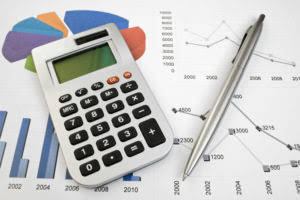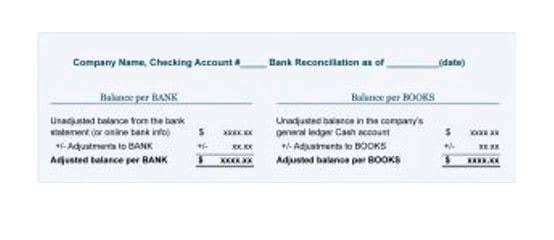
According to the straight-line depreciation method, the depreciation expense will be $1,000 per year. It’s easy to slip up, but if you know what to watch out for, you can avoid these errors and keep your financial records accurate. These also lose value over time, and you need to record that depreciation. Now, let’s dive into how to record depreciation for different types of assets. For example, let’s say a company uses this method for machinery worth ₹20,000.
Accounting Entry for Depreciation – Meaning, Examples, & How to Calculate It
- One common mistake is recording depreciation in the wrong accounting period.
- Where, Salvage Value is the estimated value of the asset at the end of its useful life.
- It keeps your depreciation expense the same for each year in the life of an asset.
- Revaluation is allowed under the IFRS framework but not under US GAAP.
- Let us consider the example of a company called XYZ Ltd that bought a cake baking oven at the beginning of the year on January 1, 2018, and the oven is worth $15,000.
The asset’s original cost and its accumulated depreciation online bookkeeping are credited and debited respectively to remove them from the company’s books. Depreciation reflects the gradual reduction of an asset’s value over time. Bookkeepers must systematically record this cost to adhere to the matching principle, ensuring expenses are matched with revenues in the appropriate accounting period.
Fixed Assets Journal Entries
This account works a bit differently—it’s what we call a “contra asset account.” What this means Cash Flow Management for Small Businesses is that it lowers the overall value of your asset on the balance sheet. This is because depreciation is a cost for the business, and you want to show this as an expense in your financial records. Whether you’re managing machinery, office equipment, or other assets, it’s important to know how to record this loss correctly.

To write off an asset
- Instead, you need to manually track depreciation using journal entries.
- It only records a part of the asset’s cost yearly, which we call depreciation expense.
- Businesses owning long-term assets like equipment or buildings must account for their gradual loss of value through a process called depreciation.
- In QuickBooks Online, after you set up your assets, you can record their depreciation.
- In each accounting period, part of the cost of certain assets (equipment, building, vehicle, etc.) will be moved from the balance sheet to depreciation expense on the income statement.
Now, let’s explore common mistakes to avoid when handling depreciation. It is important to note that all expenses incurred for the construction of the building journal entry to record depreciation are added to the cost of the building. These include purchasing construction materials, wages for workers, engineering, etc. When provision for depreciation/accumulated depreciation is maintained. Assets such as plant and machinery, buildings, vehicles, furniture, etc., expected to last more than one year but not for an infinite number of years, are subject to depreciation.

- When provision for depreciation/accumulated depreciation is maintained.
- When it comes to depreciation, there are several advanced concepts that can be useful to understand.
- Depreciation is the gradual charging to expense of an asset’s cost over its expected useful life.
- Record depreciation with a journal entry that debits the depreciation expense account and credits the accumulated depreciation account.
- However, the useful life of these assets is shorter than that of buildings or machinery.
The Balance Sheet Report still shows the the original value of the car but this is offset against the depreciation journal giving you its current net value. Yes, but changes must comply with accounting standards and may require approval from tax authorities. The following paragraphs discuss how depreciation is applied in manufacturing, real estate, new technology, and capital investments. Understanding these advanced concepts in depreciation can help a business owner make better decisions about how to manage their assets and allocate resources. When it comes to depreciation, there are several advanced concepts that can be useful to understand. These concepts can help a business owner make better decisions about how to allocate resources and manage assets.
 @tms1987
@tms1987
 02-639-4222
02-639-4222


